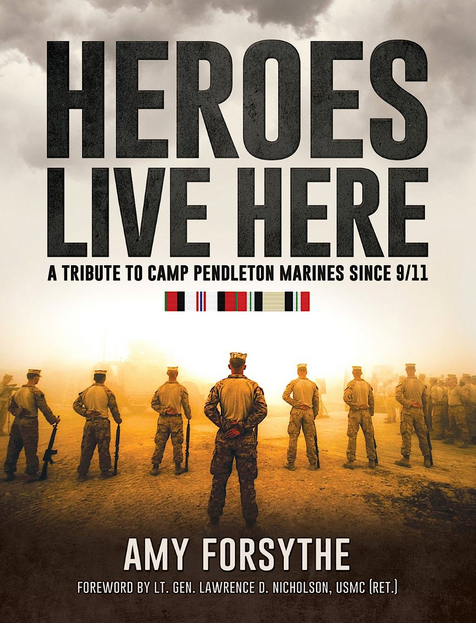
Book by Tom Graves
Joe Rosenthal Chapter member, Tom Graves talks about his interviews of Nisei Veterans, their battles against wartime suspicion and racism, and overcoming them with their courage and patriotism.
Tuesday • June 11, 2013 • 6:00 pm
Marines’ Memorial Club & Hotel, 609 Sutter Street, San Francisco
Registration at 5:30 pm | Program at 6:00 pm
TWICE HEROES: America’s Nisei Veterans of WWII and Korea, tells the story of true American heroes, up to now, a piece of history known to few of their countrymen.
Through his interviews and professional portraits, author and photographer Tom Graves shares the experiences of Japanese American veterans before, during and after World War II.
At first denigrated and mistrusted, the Nisei veterans, now in their 80s and 90s, earned the praise of a nation, and ultimately, a Congressional Gold Medal, America’s highest civilian honor. The Congressional Gold Medal comes to San Francisco on June 29 for display at the de Young Museum until August 4, 2013.
In the panic following the December 1941 Pearl Harbor attack, the Nisei, American citizens, were prohibited from joining the U.S. armed forces, and along with their families, many faced forced incarceration in bleak internment camps.
They took up the fight for their country, for civil liberties, for the freedom of their families and recognition for themselves as full American citizens. Along the way, they became the most decorated military unit in United States history, fought their own civil rights battle, championed Hawaii statehood and acceptance of Asian Americans into our society.
(more…)

 REVIEW:
REVIEW: 
 At the outbreak of World War II, Brigadier General Robert L. Denig Sr., then heading the Marine Corps’ Department of Public Relations and tasked with finding experienced reporters, photographers and broadcasters to cover the Pacific campaigns, put out the word to civilian newsmen: Make it through boot camp and we will make you sergeants and send you to the Pacific.
At the outbreak of World War II, Brigadier General Robert L. Denig Sr., then heading the Marine Corps’ Department of Public Relations and tasked with finding experienced reporters, photographers and broadcasters to cover the Pacific campaigns, put out the word to civilian newsmen: Make it through boot camp and we will make you sergeants and send you to the Pacific.